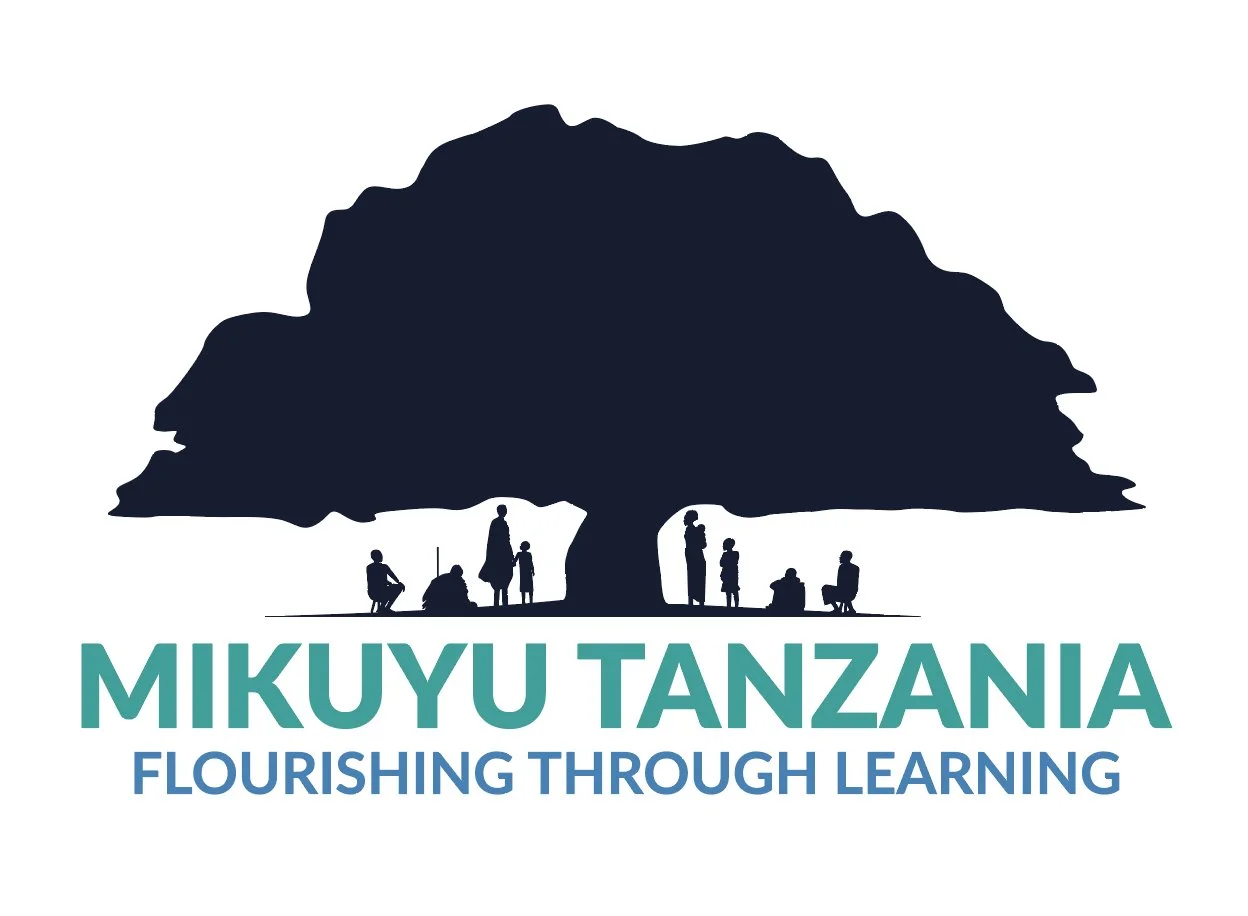Our passion for sustainable travel: Meet the founders
/
From negative impacts to positive effects
The current way we travel is unsustainable. From the carbon footprint we use on flights and travelling around a country, to the vast use of single use plastics we use whilst abroad, as humans, we’re currently making a negative impact when we travel. Whales washing up on our shores with bellies full or plastic are screaming at us that something needs to change. We need to do things differently and, if we still want to travel, look to turn our negative impact into a positive one.
At Green Light Ventures, we love to travel, but we also love the earth. That’s why we want to do things differently and be at the forefront of sustainable travel to the places we love. Here’s our stories.
At Green Light Ventures, we love to travel
We also love the earth. That’s why we want to do things differently and be at the forefront of sustainable travel to the places we love. Here’s our stories.
Meet Chloe
If I could go back to two of my favourite days they’d be:
A day spent lying in a hammock reading books, reflecting and writing prayers in a journal. We were staying on an organic farm in Belize. There were horses grazing outside our balcony and the owner let us pick mangoes and avocadoes for our breakfast. I’ve never felt so peaceful and relaxed.
A day on safari in Ngorongoro crater in Tanzania. We got up before dawn and as we drove down the side of a blown-out volcano at sunrise, we were immediately greeted by herds of wildebeests and a serval running into the distance. Later, a lion casually strolled alongside our car; we saw elephants with tusks down to the floor, rhinos and a hippo walking on grass. The abundance of wildlife and the views were like nothing I’d ever seen before.
I couldn’t imagine not travelling again. I couldn’t imagine not making more memories like this and that’s why I want to help to encourage sustainable travel. My last travels were for 3 months in 2018. Plastic free living was starting to take off and I wanted to reflect some sustainability in our travels. I bought ‘naked’ shampoos and shower gels (which as well as being plastic free also saved LOADS of weight in my backpack and never spilled-bonus!) and took a water bottle with us to fill up at those lovely hostels that provide refill stations. I took a menstrual cup and reusable sanitary pads (make sure you wash with drinking water!) to reduce the need for single-use sanitary product waste.
Another thing we tried to do was eat local.
Eating local is actually one of the best things you can do whilst travelling, for yourself, the local economies and the planet. Good hand-washing hygiene and eating in busy places (that had a high food turnover and therefore less chance of food poisoning) meant that we didn’t get ill once. We got to sample some amazing flavours and dishes around the world (India was definitely the winner for me!) all whilst reducing our food miles and packaging.
The final thing we wanted to do was offset our carbon.
After our travels, we went to Tanzania for 9 months. We worked alongside local communities and the charity Greenstand to start Project Plant, in an effort to ensure that tree planting was done sustainably. Rather than a ‘scatter and see’ approach, Project Plant pays planters to plant trees, but also to ensure the trees grow to their full height. The more trees that are planted, the more income they get so it’s a good incentive to plant trees en masse. There are so many more reasons to plant trees other than sinking carbon (but that’s for another blog post).
All of this helped when we started building Green Light Ventures.
Creating travel experiences for groups that could be sustainable out of the box was a must and we came up with the following ‘must haves’ for our trips:
Carbon offset as a minimum (each traveller needs to plant at least 50 trees to sink their carbon from their trip)
Reducing plastic as much as possible. We provide 8-hour cool water bottles and refill stations for drinking water as standard on our trips, meaning travellers never have to buy a single-use bottle if they don’t want to.
Eating local and staying local. This helps support the local communities, reduces packaging (most food comes from field to plate) and food miles too. We also look to find the most sustainable accommodation and are working with other accommodation providers to make it more sustainable too.
Listening to the community and working with them to create amazing experiences. We’ve lived alongside people who help to make our itineraries extra special. We respect their boundaries and give back where we can. In return, we get access to amazing experiences off the beaten-track tourist routes.
We provide all our travellers with tips to travel sustainably too. From bag-packing musts to respecting local culture, we help you to ensure our travellers can travel in the most sustainable way.
Meet Dom.
I’ve always had a passion for the environment and living sustainably. I studied Ecology and Environmental Management and have always looked for a career where I can do something positive for the environment that we live in. I came to Tanzania first in 2005. Since then I’ve spent over 4 years of my life living in the country as an expedition leader for groups living among the Maasai tribe.
There are so many things I could say about the amazing beauty that Tanzania offers. Tanzania is home to the largest mountain in Africa (also the largest free-standing mountain in the world), the largest volcanic caldera in the world, and deepest and largest lakes on the continent (I could go on). It has more animals per square kilometre than any other country and I’ve been lucky enough in my life to see most of the amazing animals that Tanzania houses, but keep coming back for more.
My most memorable experience has to be when I was sitting at a viewpoint sipping on a beer looking over a watering spot. A female lion came to drink alongside zebra and wildebeest. All of a sudden, she chased them into the woodland and out of nowhere a male lion jumped out of the shade of a tree and pounced on an unsuspecting wildebeest. Tanzania has to be one of the best countries in the world to see action like that.
Despite the amazing scenery and wildlife, it was actually the people who first made me fall in love with Tanzania. The people have a relaxed and peaceful pace to life and is most likely why the well know phrase “Hakuna Matata”, meaning ‘no worries’, has come out of East Africa. Over 130 tribes occupy Tanzania, but probably the most well known are the Maasai.
I was privileged to be able to live alongside a tribe for 3 years whilst working as an expedition leader. They are welcoming, kind and set a true precedent for sustainable living. I learnt a lot about how they live simply and sustainably off the land, with minimum interference with nature. They are semi nomadic moving once every 8 to 10 years. They only live off their cattle and do not hunt or feed on wild animals. They do not take more than they need and when they move, they allow the habitat to return to its natural state.
I want people who come on our trips to be able to experience the amazing wildlife, scenery and people of Tanzania, without it being a detriment to the people who live there, or the rest of our planet. That’s why I’m passionate to keep our adventures at the forefront of sustainable travel.
Meet Nickson
I’ve always lived in the beautiful country of Tanzania. From many years studying and working in conservation, I have vast experience and skills in wildlife, tourism and conservation. I work as an eco, cultural and safari guide and also teach in local colleges and other organisations about conservation and protecting the environment.
There are lots of positive benefits to our tree planting initiatives that we have developed at Green Light Ventures. Project Plant has positive short and long term effects for our planting team in Tanzania.
Short term:
It improves the financial situation of the planters.
The planters earn money for taking care of the tree without interfering with other work or personal activities.
Long term:
It improves the global climate due to the vital role that trees contribute such as cleaning the air and reducing global temperatures.
Financially, earnings from fruits (produced by some of the trees) are of great value in the local market. Where planters plant trees such as avocados and mangoes, planters can have regular income since fruit trees produce at different times.
It also increases awareness among local people in Tanzania on the sustainable impact and benefits of planting trees.
With GLV, I also work with our local community to get feedback to ensure that our trips are as sustainable as possible! I’m always happy to share my knowledge of the local culture, wildlife research techniques, bushcraft skills, conservation and much more with people who travel with us! Karibu sana Tanzania!


















